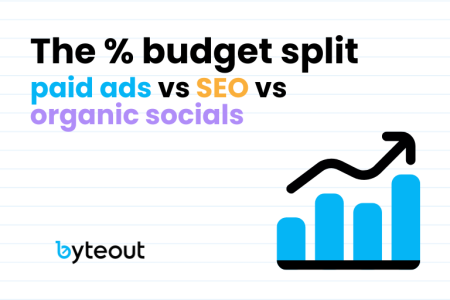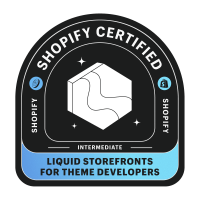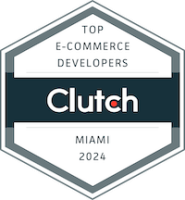
The % split – paid ads vs SEO vs organic social in ecommerce
Do you know where your traffic (and revenue) comes from?
There are three main ways to do that: paid ads, SEO, and organic social media.
Some brands throw money at ads to get instant traffic. Others play the long game with SEO, optimizing their site to rank higher on Google. And complain along about how long it takes!
Some brands focus on community-building through organic social media.
But which one works best? How do you choose one out of paid ads vs SEO vs organic social? And, more importantly, how should you balance them?
Table of Contents
General industry trends: Where do most sales come from?
Recently, we did research on ecommerce trends for 2025. Although it’s a popular topic, ecommerce owners and pros always pop up that one central question: where do most sales come from?
📊 Paid ads drive around 30-40% of ecommerce sales, varying by niche and budget.
📊 SEO generates 35-50% of traffic for ecommerce sites, especially for well-optimized stores.
📊 Organic social accounts for 10-20% of traffic, but it’s a major driver of brand awareness and repeat customers.
Most successful brands don’t rely on just one traffic source. They combine all three: paid, SEO, and social – to stay profitable and grow sustainably. Plus, you can never know if and when one of those sources will stop working (if it stops, of course).
Paid ads – the fastest way to get traffic (at a cost)
With paid ads, you can target the right audience, send them straight to your store, and see sales roll in. Widely used platforms and ads are:
- Google Ads (Search, Shopping, Display, YouTube, PerformanceMax)
- Meta Ads (Facebook & Instagram)
- Bing Ads
- TikTok Ads
- Pinterest Ads
Paid search across social and search engines gets much attention and helps pull leads through the sales funnel. That is why almost every ecommerce business already has ads or plans to launch. Let’s go through the pros and cons of paid ads for ecommerce.
✅ Pros
- Instant traffic and conversions
- Super-targeted audience reach
- Scalable with the right budget
❌ Cons
- High costs (Customer Acquisition Cost – CAC)
- Stop ads – traffic disappears
- Competition drives ad prices up
SEO – the long-term traffic driver
Paid ads get you instant results, but SEO builds lasting growth. SEO drives 35-50% of ecommerce traffic. Search engine optimization is important to make a website more visible, resulting in more traffic and opportunities to convert prospects into customers. Search-driven traffic converts 2-3x better than paid traffic!
You need to build an effective SEO strategy! But everything has a good and a bad side.
✅ Pros
- Once optimized, it’s free traffic
- High-intent visitors = better conversion rates
- Builds long-term brand authority
❌ Cons
- Takes between weeks to months to see results
- Google algorithm updates can shake things up
- Requires continuous optimization
Organic social acts like glue in customer relationships
10-20% of ecommerce traffic comes from social media. Social media platforms give brands a stage to tell the company’s story to the world. It is common for consumers to view a brand’s social media page to verify who they are and what their brand values are.
Building trust with your audience in this way can increase brand loyalty and create a positive outlook for a company overall. Key platforms for organic social activities are Instagram, TikTok, Facebook, LinkedIn, and Pinterest. Currently, TikTok Shop is at the center of attention, so brands have begun to pay more attention than ever. Are there any bad sides of organic social? Let’s see!
✅ Pros
- Builds trust, engagement, and loyalty
- Can go viral and attract organic traffic
- Creates a community
❌ Cons
- Hard to measure direct ROI
- Algorithm changes can reduce visibility
- Requires constant content creation
Paid ads vs SEO vs organic social and the right balance
Every business is different, but let’s make a general budget split. It will look something like this:
📌 60% – Paid ads (for traffic & conversions)
📌 30% – SEO (for free, long-term traffic)
📌 10% – Organic social (for brand building & customer retention)
But this isn’t a one-size-fits-all answer. You know that in ecommerce, there isn’t such a thing. In the real world, depending on a brand’s niche, competition, and goals, you need to find a perfect budget allocation for your case.
💡 If you’re launching a new store – start with paid ads but start doing the SEO over time.
💡 If you have strong organic traffic – focus on SEO + organic social to reduce ad costs.
Want to optimize your traffic strategy and reduce costs? We can help, we’re ecommerce nerds. Book a free call. 🚀

